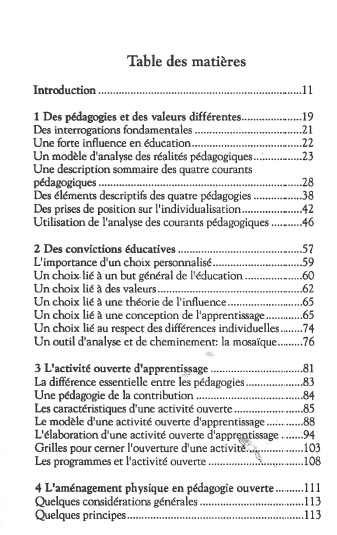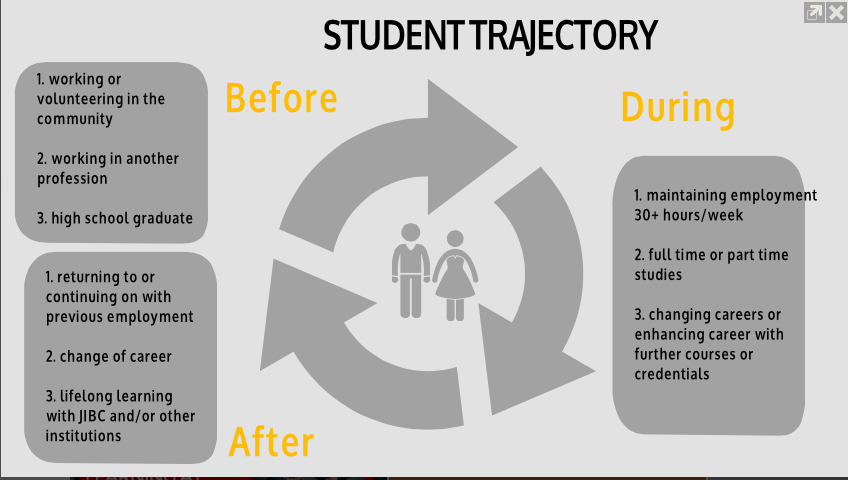MOOCs at the expense of innovation: Micro-learning and community, subscription based, and micro-content elearning models
I’m a bit late to this party, but there have been some good 2013 summaries of the ed tech world, and Tony Bates’ summary was the one that has resonated the most with me so far. I think he’s dead-on in his assessment of 2013 when he states:
“MOOCs have become a major distraction from developing more innovative and more relevant applications of online learning for credit”.
Of course, while we rode the MOOC mania from our respective positions, we may have failed to pay attention to other learning models and platforms that may inspire us to think differently about we can innovate in our institutions. I’ve been observing the development of three different models that I find both interesting and relevant. This is definitely a TLDR kind of post, and is really just a scratchpad of some things I’ve been pondering about innovation and higher education.
Affinity Group Learning: MOOC-like without the course
Ravelry is well known “social network for knitters” and is MOOC-like in its ability to provide a place of learning and discussion for a large global audience. In fact, its geographic reach is impressive–the groups section, which allows you to find both and online and f2f knitting groups based on your geographic location or interest boasts 111 countries or locations including Antarctica (190 members), Burma (11 members), and Kazakhstan (86 members). This Slate article does a nice job of explaining the success of this site for 1.4 million registered users, which remains free and open to its users, while finding other ways to make enough money to support its staff of four.
There isn’t anything about Ravelry that suggests “course” or formal learning, but I think it is a good example of an affinity space where informal learning is taking place. Put simply, Ravelry is a project-based learning space and if knitting was a diploma program at my institution, I’d want to find ways for formal learning to tie into this much broader community.
Subscription-based learning sites
I see subscription-based learning as a variation of Ravelry with a different monetization model and with a bit more formal learning design. Subscription-based learning capitalizes on two characteristics of an adult learner–1) they don’t have much time and therefore are best suited to small chunks of just-in-time learning, and 2) they don’t necessarily need a credential. I’m surprised this model hasn’t found its way into the Continuing and Professional Education areas of our institutions since there are a several good examples of non-higher ed institutions doing this.
The E-learning Guild offers several levels of membership ranging from free to premium, which gives you varying levels of access to content and types of content, ranging from discussion forums,white papers, webinars, training, and conference discounts to name a few. The Guild model is about generating content through a variety of activities, and then repackaging this content to its free and paid subscribers. This model has some parallels to the academic publishing world in that it is a somewhat (totally?) parasitic relationship between the producers and the bundlers/resellers, but offers enough value to harness 60,000 subscribers. In my view it provides more of a value of convenience than anything else, but for a member starting out in elearning, it is a fantastic place to access a huge range of topics and information.
Rouxbe is an online professional cooking school boasting more than 120,000 subscribed members across 180 countries. It is a great example of a subscription-based learning site that may resonate more with those of us in public higher education, since it is built around a structured curriculum and formal course structure. Rouxbe members pay a one time fee of 300$ in addition to a 5$ a month ongoing fee for access to a range of short courses and lessons created with really high quality videos and visual content. (Note of interest–the Rouxbe development team includes Flickr founder Stewart Butterfield as an investor and advisor). Professional level courses can also be purchased for an additional cost, which is an interesting extension of this subscription based model and has some parallels with the idea that MOOCs offered by institutions will attract paying students to their institution.
Micro-content affinity sites
I see micro-content sites as a blend of the above, and again, am surprised that continuing and professional education hasn’t yet jumped all over this model. Micro-content sites capitalize on the just-in-time learning needs of adults,while tying them into a community affiliation that provides them additional benefits.
One of our JIBC clients who was looking for a non-LMS option for a program introduced me to Craftsy, which is a bit like Ravelry with the option to purchase short courses. A key difference is the Sympoz platform that Craftsy uses which is part community/affinity site, part learning platform, and part marketplace. (Sympoz also supports another site for woodworking). A browser through a free online course illustrates some of the genius of both the model and the platform: students access high quality video and short lessons, within a platform where they can take notes that are integrated into the video timeline, access the course on their own time, while still having access to an instructor and student Q & A in a space that gets away from traditional discussion forums. To me, Craftsy/Sympoz is an example of how our learning models can evolve when we have a different kind of technology available to us.
Harvard Business Review Learning is a model that builds on an existing brand and prestige and then extends this authority to delivery learning. In many ways, it’s really not unlike the post-secondary sector. The course offerings might not be revolutionary, but they are cheap and easily purchased, which is not always the case with our institutional registration systems. I suspect that the students of HBR learning are coming from its reader and subscriber base, which makes it essentially a spin off to HBR. Again, it’s not a stretch to think of this as a interesting continuing education or alumni model, where an already invested audience of graduates continues to seek different kinds of value from the institution.
The big difference between these models and MOOCs that are being offered by institutions is that MOOCs are a product of institutions saying “hey, we offer courses, so let’s offer MOOC courses and hope that students will sign up for our paid courses”. To me, this isn’t really radical innovation. The models described here start at the place of “hey, we really know this community well, so let’s see how we can offer value to this community in other ways”. In an institutional context, models like these recognize that students can have an evolving relationship with an institution, and that if we take a more nuanced view of these students and their evolving needs we might be able to come up with new ways of extending our value.



3 Comments
John Reneski
It seems that industry is beginning to explore MOOC’s from a training perspective and thoughts on the industrial application?
T Morgan
I’m sure there’s an appropriate fit. Why not? MOOCs have their place but why stop there when there are other interesting models to explore?
Pingback: